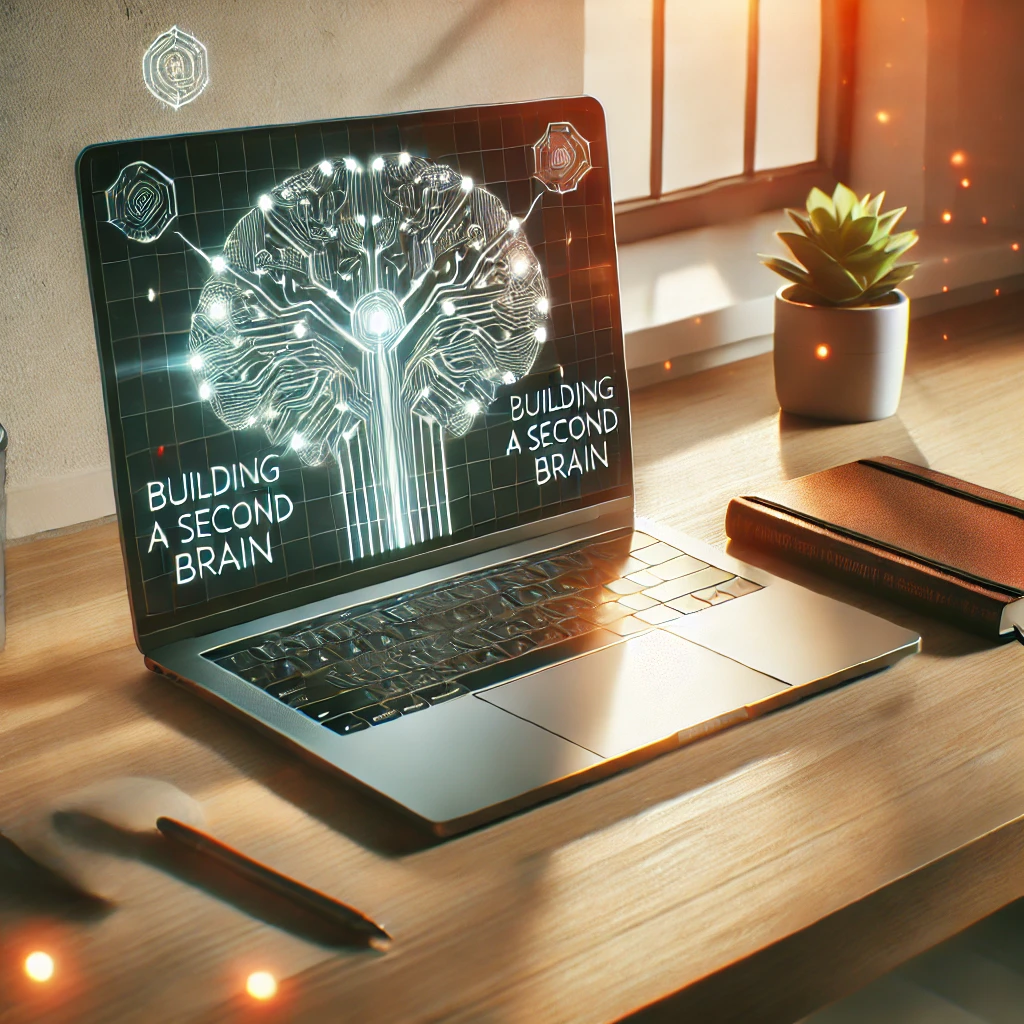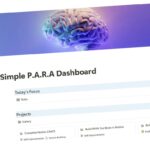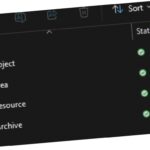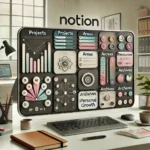
This is Day 4 of my 30-day daily writing challenge. Today, I want to share my summary of the book Building a Second Brain.
How Building a Second Brain Transformed How I Manage Information
I used to feel buried under notes, articles, and ideas with no clear way to use them. My digital life was cluttered with scattered files, random bookmarks, and endless highlights from books I never revisited. Then I discovered Building a Second Brain by Tiago Forte, a system that changed how I manage information forever.
Tiago introduces a simple yet powerful idea: Your brain is for thinking, not for storing information. Instead of relying on memory, we can store insights externally in a structured way. This frees up mental space for creativity, decision-making, and problem-solving.
The Building Blocks: P.A.R.A & CODE
Tiago teaches two key frameworks that work together: P.A.R.A for organization and CODE for using information effectively.
P.A.R.A: Organizing Information by Actionability
P.A.R.A stands for Projects, Areas, Resources, and Archives—a system to organize all digital content (notes, files, bookmarks, tasks) based on how actionable they are.
- Projects → Active tasks with clear goals and deadlines (e.g., Write a blog post on Building a Second Brain).
- Areas → Ongoing responsibilities that require regular attention (e.g., Health, Finances).
- Resources → Non-actionable content that supports learning or future projects (e.g., Book notes, reference materials).
- Archives → Completed or inactive items stored for future reference.
This method prevents information overload by sorting content based on its purpose, not its topic. Everything stays easy to find and use.
CODE: Turning Information into Action
While P.A.R.A helps with organization, CODE ensures we actually use what we collect. This framework helps process and apply knowledge efficiently.
- Capture – Save only the most useful insights (e.g., key takeaways from a book).
- Organize – Sort the information into the P.A.R.A structure so it’s easy to retrieve.
- Distill – Summarize the key points so you don’t waste time later.
- Express – Turn insights into something valuable (e.g., a blog post, presentation, or new idea).
Collecting information is meaningless unless we use it. CODE ensures that everything we save has a purpose.
My Biggest Takeaways from Building a Second Brain
- Stop hoarding information – Save only what is truly useful. Don’t collect things just because they “might be useful someday.”
- Organize for action, not just storage – Structure information based on how you’ll use it, not just by categories.
- Focus on creating, not just collecting – The real value of knowledge is in how you apply it.
If you often feel overwhelmed by digital clutter, Building a Second Brain provides a simple, practical system to manage information. Start by applying P.A.R.A to your files and notes—your future self will thank you.



